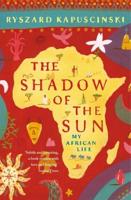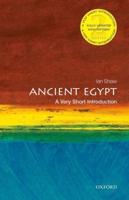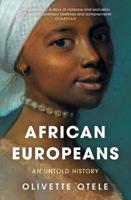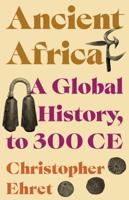Publisher's Synopsis
*Includes pictures
*Includes ancient accounts
*Includes online resources and a bibliography for further reading
Among all the periods in ancient Egyptian history, the Ptolemaic Kingdom and its most famous ruler, Cleopatra, may be the most well-known today. By the 4th century BCE, it appeared as though ancient Egypt was in its final death throes. It had long ceased to be an influential kingdom in the Near East and Mediterranean regions, and it had been ruled over by a succession of foreign peoples including Libyans, Nubians, Assyrians, and Persians. But just when Egypt seemed was doomed to pass forever into obscurity, it was reinvigorated by outsiders, most notably Alexander the Great. While in the process of campaigning to destroy the Achaemenid Persian Empire and conquer the world in 331 BCE, he made a pit stop in Egypt that forever changed the course of Egyptian history. Although his understanding of ancient Egyptian chronology and religion was minimal, Alexander was intrigued by ancient pharaonic culture, knowing, as the 5th century BCE Greek historian Herodotus once wrote, "Egypt is the gift of the Nile." As a result, Alexander endeavored to incorporate the land of the pharaohs into Hellenic Civilization.
In the latter 1st century BCE, men like Julius Caesar, Mark Antony, and Octavian participated in two civil wars that would spell the end of the Roman Republic and determine who would become the Roman emperor. In the middle of it all was history's most famous woman, Cleopatra, who famously seduced both Caesar and Antony and thereby positioned herself as one of the most influential people in a world of powerful men. Cleopatra was a legendary figure even to contemporary Romans and the ancient world, and she was a controversial figure who was equally reviled and praised through the years, depicted both as a benevolent ruler and an evil seductress (occasionally at the same time).
As for Roman Egypt, the period from 30 BCE until the Roman Empire was split into two halves in the 4th century CE. It is scarcely mentioned, yet, it was a time when Egypt, if no longer a great power in its own right, was a pivotal province in the Roman Empire. It could also be argued it was a power without which the Roman Empire would not have survived. Its wealth, especially its fertility, was the key for any Roman emperor hoping to feed and entertain Rome's ever-demanding masses and was particularly vital to Augustus as he established himself as the first emperor of Egypt. The institution of imperial, as opposed to senatorial, provinces proved crucial in the consolidation of imperial power. Moreover, how Egypt in this period was administered and exploited provides invaluable information as to how Rome manipulated and controlled large populations for its benefit in the rest of its empire. Tactics used again and again throughout the Roman world were honed in this, the most valuable of Rome's provinces.
Apart from the complicated nature of evolving administrative systems in the area, another major challenge for modern researchers of the Roman period in North African history is that the natural environment was very different from that of today. The usual assumption is that the region was only fertile on the coast and that the hinterlands could not have provided the resources needed to maintain large, wealthy populations. However, in ancient times, North Africa was a fertile region, and scientists believe the vast area of steep grasslands that covered most of what is the Sahara Desert today began to dry about 5,000 years ago, and the process of grasslands turning into deserts was slow. While there is considerable debate as to the time the process took and whether the small-scale farming techniques used in the region contributed to the process of desiccation, it is clear that the area around Carthage, for example, had a wide area of well-cultivated lands, and that such cultivation lasted well into the Middle Ages.










